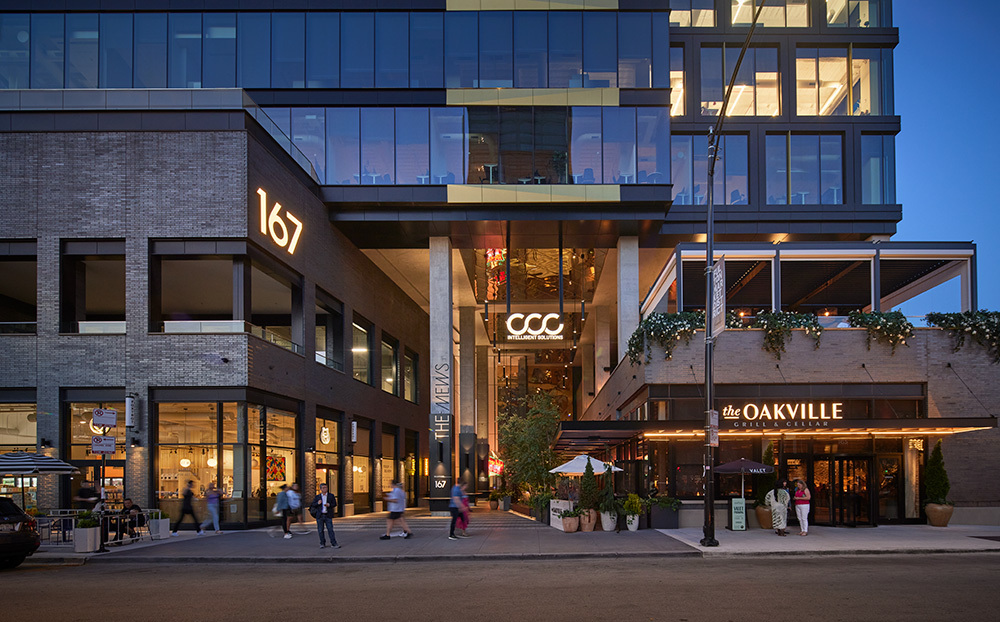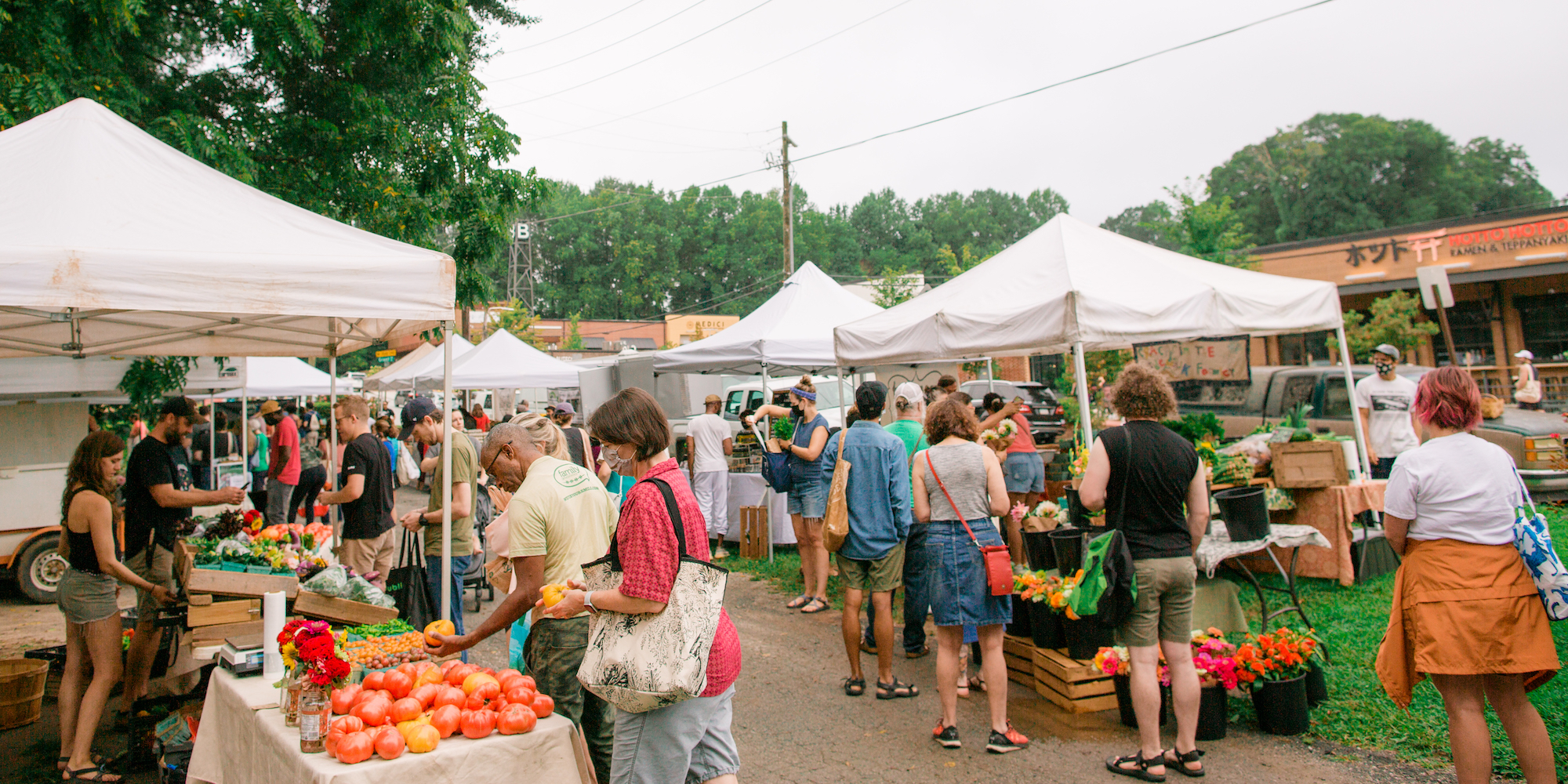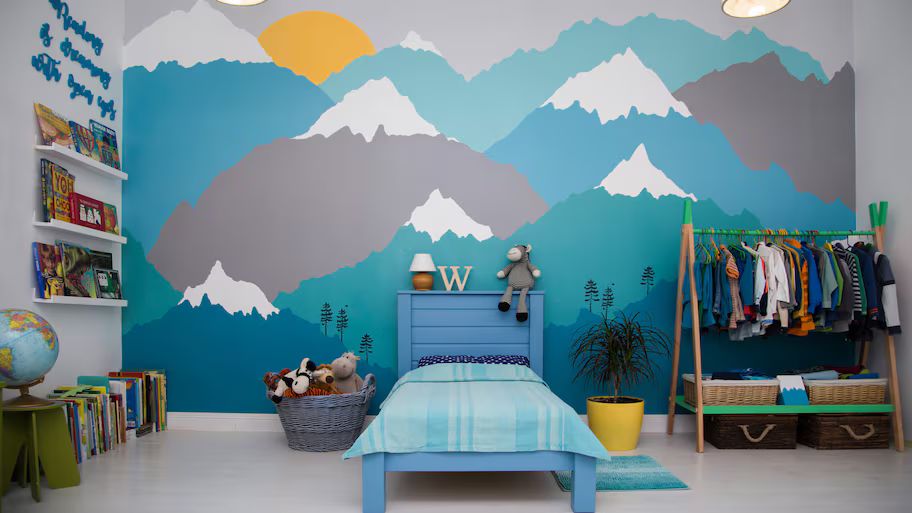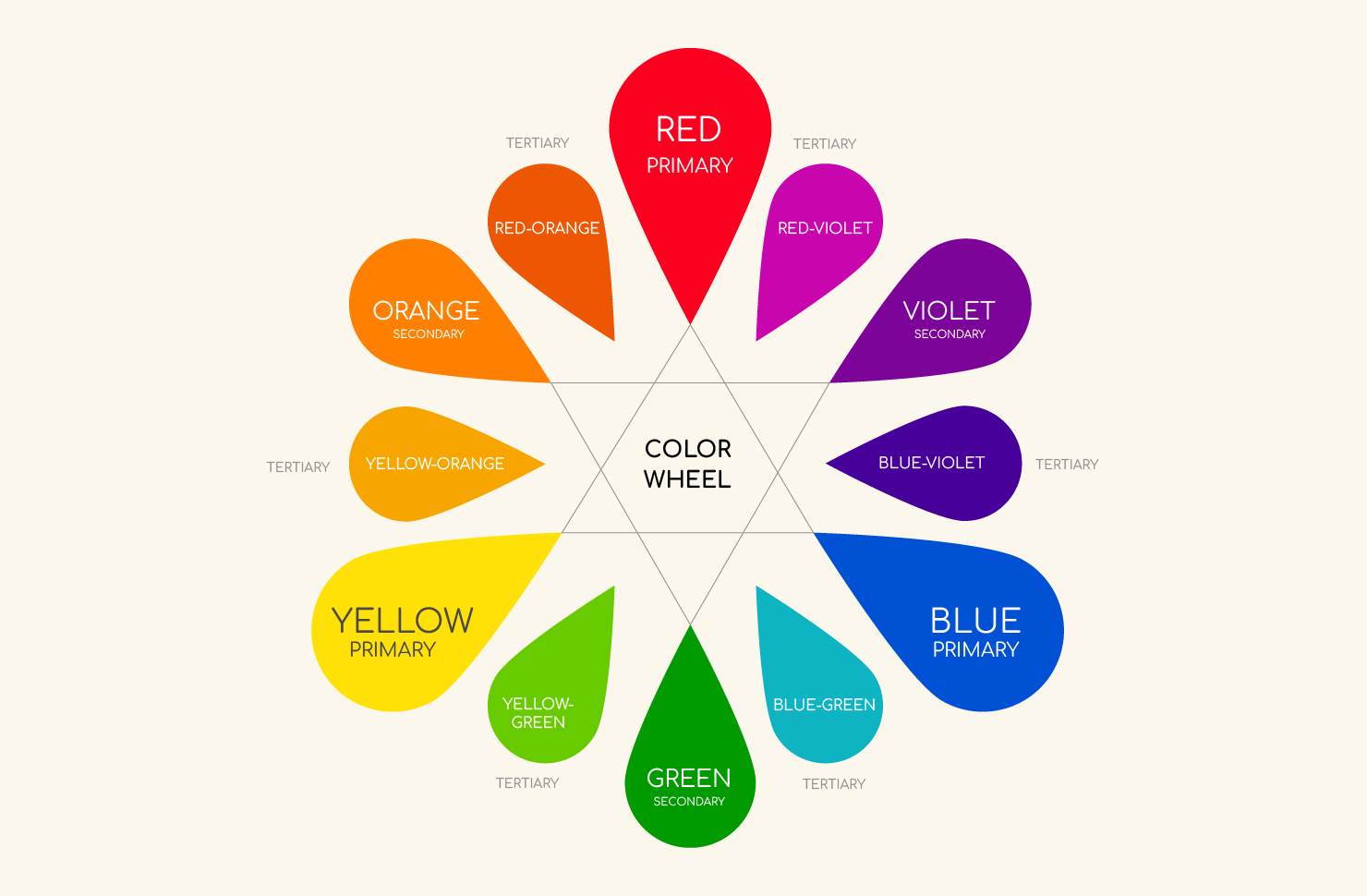The Impact of Remote Work on Urban Living Trends
Introduction
The rise of remote work has fundamentally reshaped urban living. As more professionals gain the flexibility to work from anywhere, cities are witnessing shifts in housing demand, infrastructure development, and lifestyle preferences. This transformation is influencing how urban spaces are designed, utilized, and inhabited.
🏡 Migration Patterns: From City Centers to Suburbs

Remote work has enabled many individuals to reconsider their living arrangements. Without the necessity of daily commutes, there’s a notable trend of people relocating from densely populated urban centers to suburban or rural areas in search of more space and affordability. This shift is impacting housing markets and urban demographics.
🏢 Reimagining Urban Spaces

With decreased demand for traditional office spaces, cities are exploring innovative ways to repurpose commercial real estate. Vacant offices are being transformed into residential units, co-working spaces, or community centers, reflecting the evolving needs of urban dwellers.
🖥️ Home Offices and Co-Working Hubs

The demand for dedicated workspaces within homes has surged. Simultaneously, co-working hubs are emerging in residential neighborhoods, offering remote workers professional environments without the need to commute to city centers.
🚶♂️ Lifestyle and Community Engagement

Remote work has afforded individuals more time to engage with their local communities. There’s an increased emphasis on walkable neighborhoods, local businesses, and community events, fostering stronger local ties and enhancing the quality of urban life.
Final Thoughts
The evolution of remote work is redefining urban living. As cities adapt to these changes, there’s an opportunity to create more flexible, inclusive, and sustainable urban environments that cater to the diverse needs of their inhabitants.
editor's pick
news via inbox
Nulla turp dis cursus. Integer liberos euismod pretium faucibua










